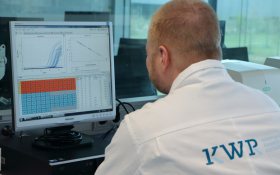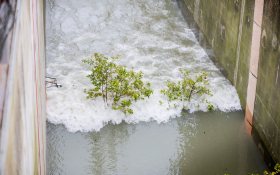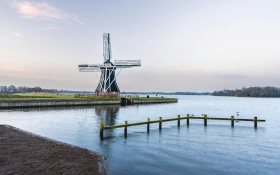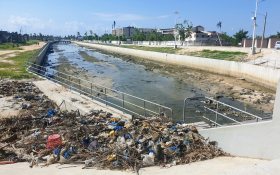World’s first model to simulate behaviour of nanoparticles in surface waters
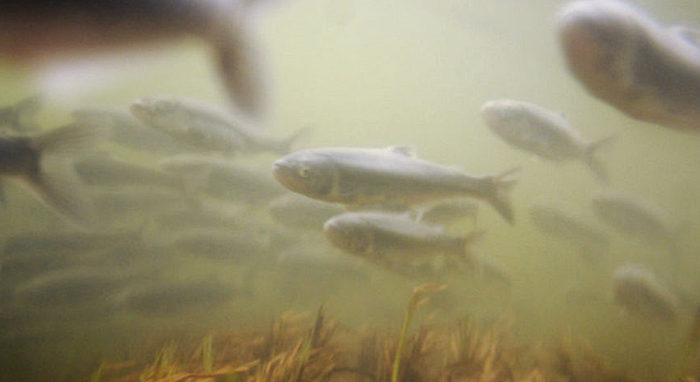
Researchers of Wageningen University provide the world’s first model that simulates the behaviour and fate of engineered nanoparticles (ENPs) in surface waters.
The new NanoDuflow model, developed by Joris Quik, Jeroen de Klein and Bart Koelmans, is capable of simulating the concentrations of ENPs, and their homo- and heteroaggregates in space and time, for any hydrological flow regime of a river.
Nanotechnology is developing fast, with the fast growing emission of less than 100 nm engineered nanoparticles as a consequence. ENPs are hard to measure in the environment so that exposure assessments have to rely on modelling.
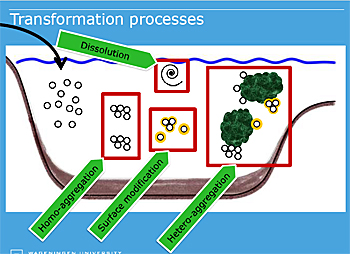 Four different transformations of nanoparticles in surface water
Four different transformations of nanoparticles in surface water
Environmental risk assessment
Wageningen researcher Bart Koelmans: "This is important in order to assure safe nanotechnology. We do need to have an assessment of the risks of ENPs to man and the environment."
Previous models could only predict average background concentrations on a continental or national scale.
Under the hood of NanoDuflow is an 'engine' that calculates all relevant interactions among 35 types of particles including the ENPs, and that decides upon aggregation, settling or prolonged flow in the river.
The rate of these interactions depends on the flow conditions in the river, which are calculated in the hydrology module of NanoDuflow.
This module can be set to match the channel structure of any catchment as defined by the user, allowing for a great flexibility.
Contamination hot spots
Simulations with NanoDuflow showed the occurrence of clear ENP contamination 'hot spots' in the water column and in sediments. Furthermore, NanoDUFLOW was capable of simulating the speciation of ENPs over different size fractions.
This speciation defines the ecotoxicologically relevant fractions of ENPs, for a variety of species traits. Also in this respect NanoDuflow will add to refining the risk assessment for ENPs.
This news item was originally published on the website of Wageningen University/Imares.
More information
Wageningen University
Aquatic ecology and water quality management group
Wageningen, the Netherlands
+31 317 483 898
www.wageningenur.nl/en
